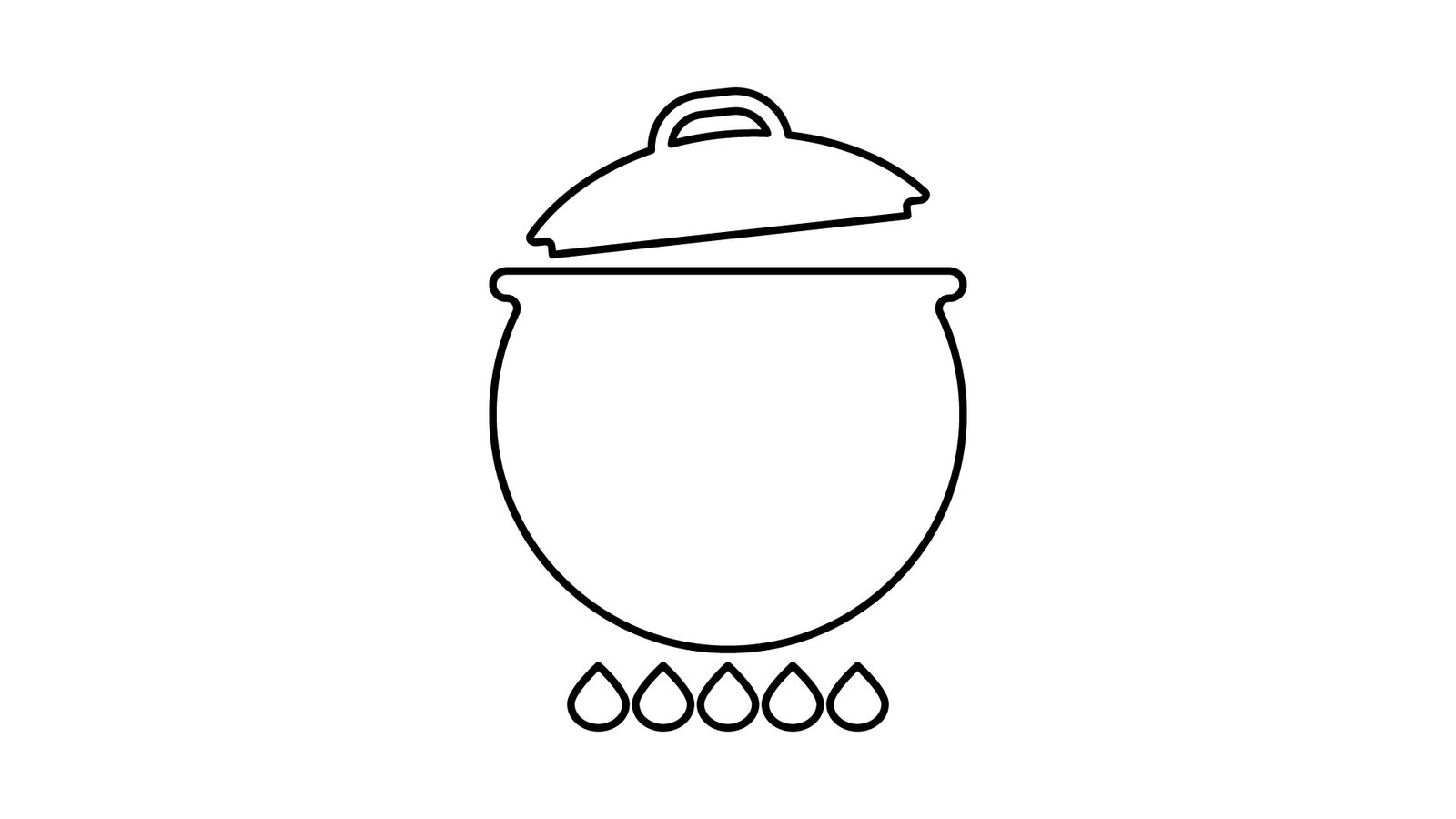La cocina molecular. Una revisión sistemática de la literatura.
DOI:
https://doi.org/10.70221/rgc.7963001Palabras clave:
Gastronomía molecular, Cocina, Negocios, ciencia de alimentosResumen
La cocina molecular se ha conocido con diferentes nombres en la práctica, lo que ha provocado confusiones en cuanto a su conceptualización, procedimientos y manejo de los avances científicos. Este trabajo presenta una revisión sistemática de la literatura sobre cocina molecular. Se utilizó el método de síntesis de investigación de Cooper, que consta de las etapas de formulación del problema, búsqueda de literatura, análisis de hallazgos, interpretación y presentación de resultados. Los principales resultados muestran la estructura bibliométrica, la evolución conceptual y los hallazgos empíricos de la cocina molecular.
Descargas
Referencias
Akyurek, S., & Kizilcik, O. (2019). Determining tourists' propensity to consume innovative cuisine: the case of molecular cuisine. Journal of Culinary Science & Technology, 519-533. DOI: https://doi.org/10.1080/15428052.2018.1492481
Barham, P., Skibsted, L., Bredie, W., Frost, M., Moller, P., Risbo, J., . . . Mortensen, L. (2010). Molecular Gastronomy: A New Emerging Scientific Discipline. Chemical Reviews, 2313-2365. DOI: https://doi.org/10.1021/cr900105w
Brenner, M., & Sorensen, P. (2015). Biophysics of Molecular Gastronomy. Cell, 5-8. DOI: https://doi.org/10.1016/j.cell.2015.03.002
Caporaso, N., & Formisano, D. (2016). Developments, applications, and trends of molecular gastronomy among food scientists and innovative chefs. Food Reviews International, 417-435. DOI: https://doi.org/10.1080/87559129.2015.1094818
Cassi, D. (2011). Science and cooking: the era of molecular cuisine. EMBO Reports, 191-196. DOI: https://doi.org/10.1038/embor.2011.18
Cooper, H. (2019). The handbook of research synthesis and meta-analysis. Russell Sage Foundation. DOI: https://doi.org/10.7758/9781610448864
Cousins, J., O'Gorman, K., & Stierand, M. (2010). Molecular gastronomy: cuisine innovation or modern day alchemy? International Journal of Contemporary Hospitality Management, 399-415. DOI: https://doi.org/10.1108/09596111011035972
D'Angelo, G., Hansen, H., & Hart, A. (2016). Molecular Gastronomy Meets 3D Printing: Layered Construction via Reverse Spherification. 3D Printing and Additive Manufacturing, 152-159. DOI: https://doi.org/10.1089/3dp.2016.0024
De Solier, I. (2010). Liquid nitrogen pistachios: Molecular gastronomy, elBulli and foodies. European Journal of Cultural Studies, 155-170. DOI: https://doi.org/10.1177/1367549409352275
Donati, D. (2020). Dispositions in the Kitchen: Towards a Metaphysical Model for Molecular Gastronomy. Humana Mente - Journal of Philosophical Studies, 21-35.
Gomes, L., Simoes, C., & Silva, C. (2020). Demystifying thickener classes food additives though molecular gastronomy. International Journal of Gastronomy and Food Science. DOI: https://doi.org/10.1016/j.ijgfs.2020.100262
McCormick, C., & Prokes, S. (2009). Molecular Gastronomy: Materials Science in the Kitchen. Mrs Bulletin, 802-803. DOI: https://doi.org/10.1557/mrs2009.224
O'Hara, P. (2019). Making Science Palatable with Molecular Gastronomy. Trends in Chemistry , 144-145. DOI: https://doi.org/10.1016/j.trechm.2019.02.001
Perkel, J. (2012). The new molecular gastronomy, or, a gustatory tour of network analysis. Biotechniques, 19-+. DOI: https://doi.org/10.2144/000113886
Piggott, J. (2006). Molecular gastronomy: Exploring the science of flavor. Nature, 1051. DOI: https://doi.org/10.1038/4411051a
Roosth, S. (2013). Of Foams and Formalisms: Scientific Expertise and Craft Practice in Molecular Gastronomy. American Anthropologist, 4-16. DOI: https://doi.org/10.1111/j.1548-1433.2012.01531.x
Sacchi, R., Paduano, A., Savarese, M., Vitaglione, P., Fogliano, V., Zappia, V., . . . DeññaRagione, F. (2014). Extra Virgin Olive Oil: From Composition to "Molecular Gastronomy''. Advances in Nutrition and Cancer, 325-338. DOI: https://doi.org/10.1007/978-3-642-38007-5_19
Slavich, B., Svejenova, S., Opazo, M., & Patriotta, G. (2020). Politics of Meaning in Categorizing Innovation: How Chefs Advanced Molecular Gastronomy by Resisting the Label. Organization Studies, 267-290. DOI: https://doi.org/10.1177/0170840619835268
Slavin, H. (1999). Toward 'molecular gastronomy,' or what's in a taste? Journal of the American Dental Association, 1497-1500. DOI: https://doi.org/10.14219/jada.archive.1999.0065
Spence, C., & Youssef, J. (2018). Assessing the long-term impact of the molecular gastronomy movement on haute cuisine. International Journal of Gastronomy and Food Science, 35-44. DOI: https://doi.org/10.1016/j.ijgfs.2018.10.001
Spjelkavik, A., Aarti, Divekar, S., Didriksen, T., & Blom, R. (2014). Forming MOFs into Spheres by Use of Molecular Gastronomy Methods. Chemistry - A European Journal, 8973-8978. DOI: https://doi.org/10.1002/chem.201402464
Struwe, K., & Yek, G. (2008). Deconstructing molecular gastronomy. Food Technology, 34-+.
This, H. (1995). Molecular Gastronomy. Actulite Chimique, 42-46.
This, H. (1996). Réalisation de la cuisine par induction magnétique et identification des paramètres physico-chimiques des phénomènes de la gastronomie. Université Paris-Sud.
This, H. (1999). Olive oil and molecular gastronomy. Ocl - Oleagineux Corps Gras Lipides, 95-99.
This, H. (2002). Molecular Gastronomy. Angewandte Chemie - International Edition , 83-88. DOI: https://doi.org/10.1002/1521-3773(20020104)41:1<83::AID-ANIE83>3.0.CO;2-F
This, H. (2003). Molecular gastronomy. Sciences del Aliments, 187-198. DOI: https://doi.org/10.3166/sda.23.187-198
This, H. (2005). Modelling dishes and exploring culinary 'precisions': the two issues of molecular gastronomy. British Journal of Nutrition, S139-S146. DOI: https://doi.org/10.1079/BJN20041352
This, H. (2005). Molecular gastronomy. Nature Materials, 5-7. DOI: https://doi.org/10.1038/nmat1303
This, H. (2006). Food for tomorrow? How the scientific discipline of molecular gastronomy could change the way we eat. EMBO Reports, 1062-1066. DOI: https://doi.org/10.1038/sj.embor.7400850
This, H. (2009). Molecular Gastronomy, a Scientific Look at Cooking. Accounts of Chemical Research, 575-583. DOI: https://doi.org/10.1021/ar8002078
This, H. (2013). Celebrate Chemistry. Recent Results of Molecular Gastronomy. European review, 158-174. DOI: https://doi.org/10.1017/S1062798712000336
This, H. (2019). The science of molecular gastronomy and the art of innovative cooking. FEBS Letters, 887-891. DOI: https://doi.org/10.1002/1873-3468.13373
van der Linden, E., McClements, D., & Ubbink, J. (2008). Molecular gastronomy: A food fad or an interface for science-based cooking? Food Biophysics, 246-254. DOI: https://doi.org/10.1007/s11483-008-9082-7
Vega, C., & Ubbink, J. (2008). Molecular gastronomy: a food fad or science supporting innovative cuisine? trends in Food Science & Technology, 372-382. DOI: https://doi.org/10.1016/j.tifs.2008.01.006
Yek, G., & Struwe, K. (2008). Deconstructing molecular gastronomy. Foof Technology, 34-+.

Publicado
Licencia
Derechos de autor 2023 Luis Roberto Domínguez-Aguirre, Rodrigo Fracisco Samaniego-Gancino

Esta obra está bajo una licencia internacional Creative Commons Atribución 4.0.
Usted es libre de:
Compartir — copiar y redistribuir el material en cualquier medio o formato
Adaptar — remezclar, transformar y construir a partir del material, para cualquier propósito, incluso comercialmente. La licenciante no puede revocar estas libertades en tanto usted siga los términos de la licencia
Bajo los siguientes términos:
Atribución — Usted debe dar crédito de manera adecuada, brindar un enlace a la licencia, e indicar si se han realizado cambios. Puede hacerlo en cualquier forma razonable, pero no de forma tal que sugiera que usted o su uso tienen el apoyo de la licenciante.
No hay restricciones adicionales — No puede aplicar términos legales ni medidas tecnológicas que restrinjan legalmente a otras a hacer cualquier uso permitido por la licencia.














